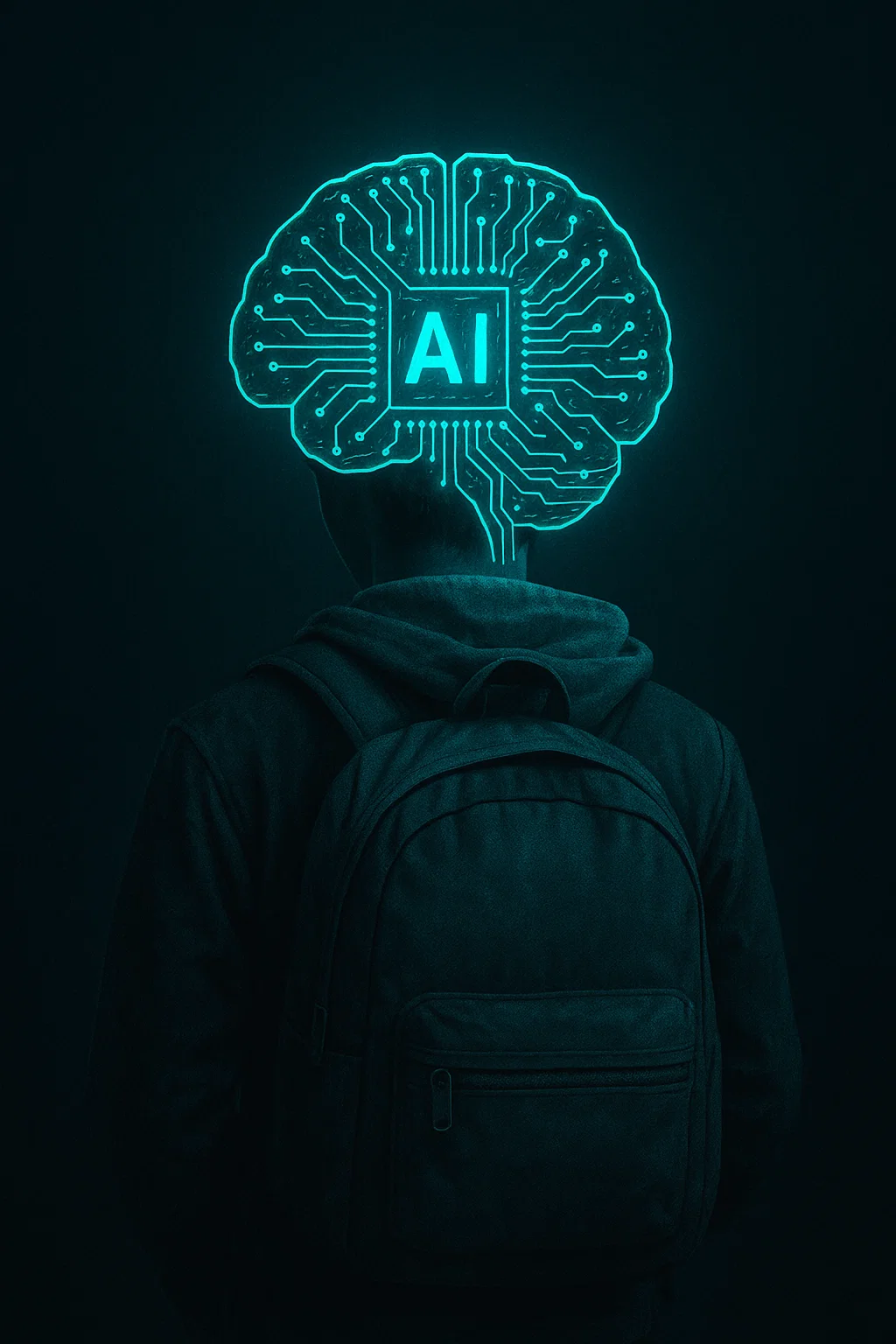
Artificial intelligence is no longer just a futuristic idea — it’s here, and it’s reshaping how today’s students learn, communicate, and interact with the world. In classrooms, AI is opening doors, but it’s also raising questions about balance, safety, and wellbeing.
The Opportunities
- Personalized Learning: AI-powered tools can adjust lessons to match each student’s pace and style, giving extra practice where it’s needed and accelerating when mastery is shown.
- Accessibility: Translation, text-to-speech, and adaptive technologies are helping students with disabilities or language barriers participate more fully.
- Efficiency for Teachers: AI can help automate grading, lesson planning, and even real-time feedback, giving educators more time for direct student engagement.
The Challenges
- Over-Reliance: Students may come to depend on AI for answers instead of building critical thinking and problem-solving skills.
- Misinformation: AI isn’t perfect — it can generate incorrect or misleading information if students don’t use it critically.
- Mental Health Concerns: Some teens are turning to chatbots for emotional support in ways that may replace healthy human connection, raising risks if serious issues go unnoticed.
- Equity Gaps: Not all schools or students have equal access to AI resources, which can widen existing divides.
What Schools and Families Can Do
AI isn’t going away. The real challenge is ensuring students use it responsibly, ethically, and safely. Schools can teach digital literacy and critical evaluation of AI outputs. Parents can talk openly with kids about both the benefits and risks. And together, educators and families can promote balance — encouraging AI as a tool, not a substitute for human judgment, empathy, or community.
